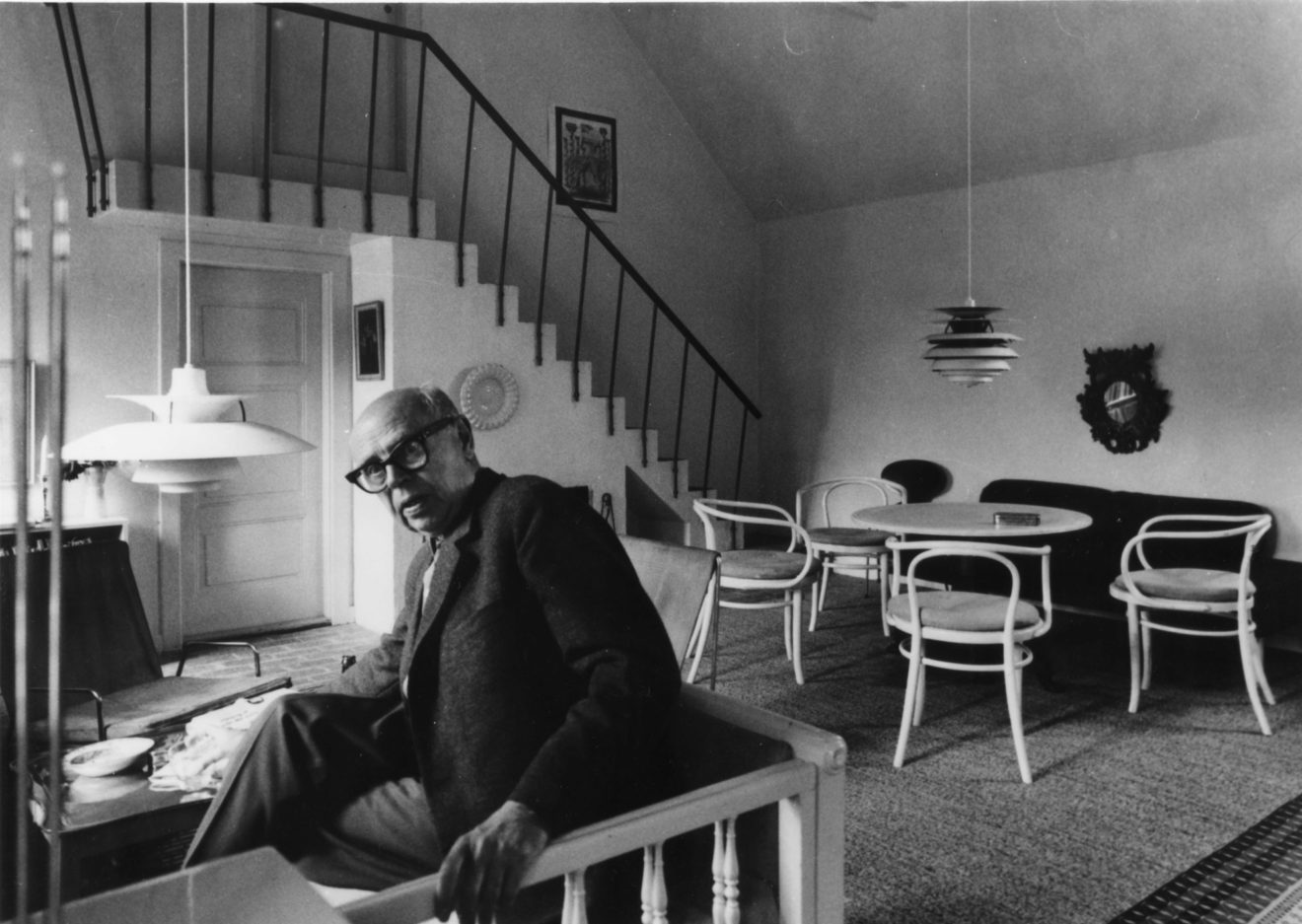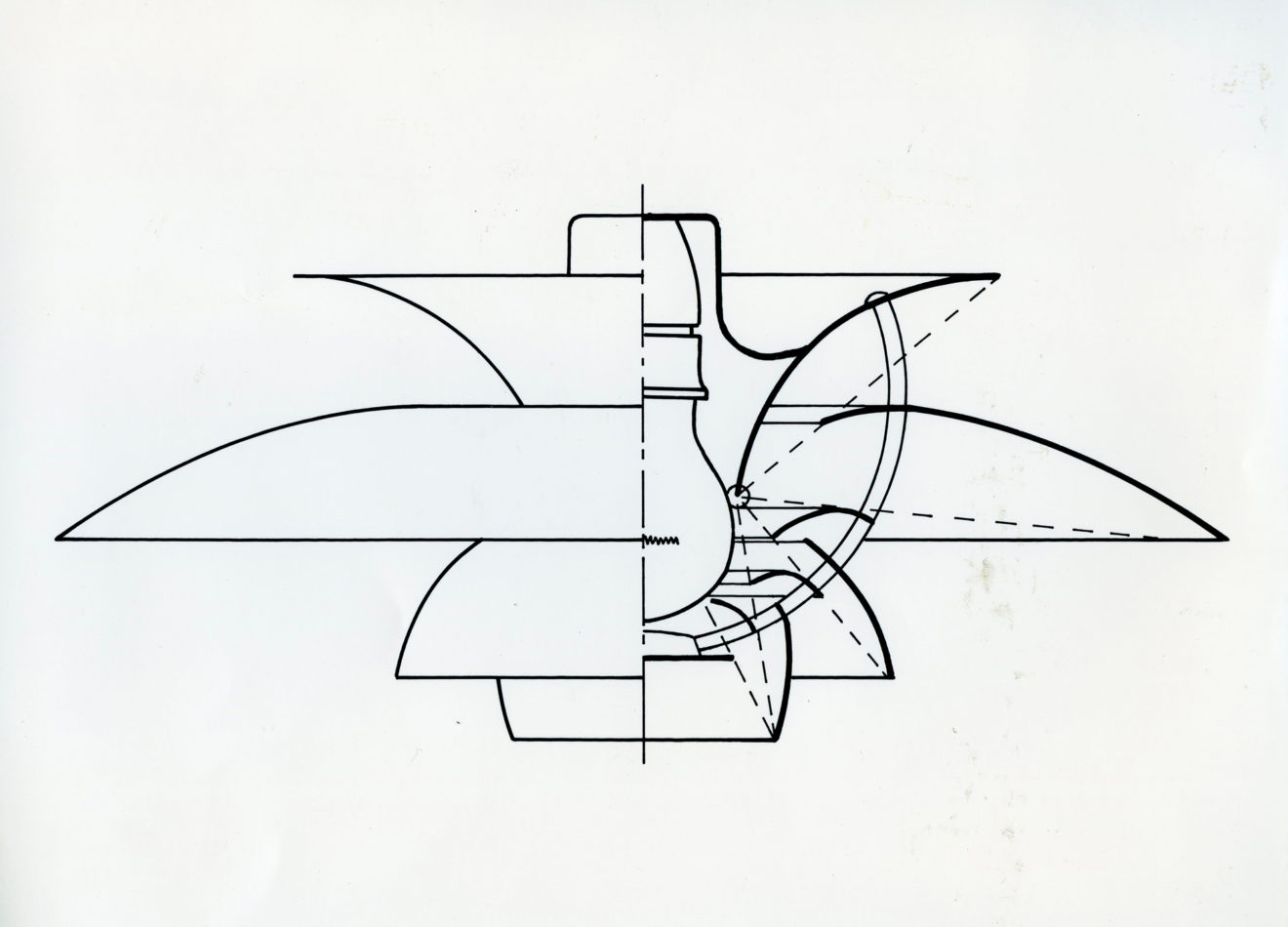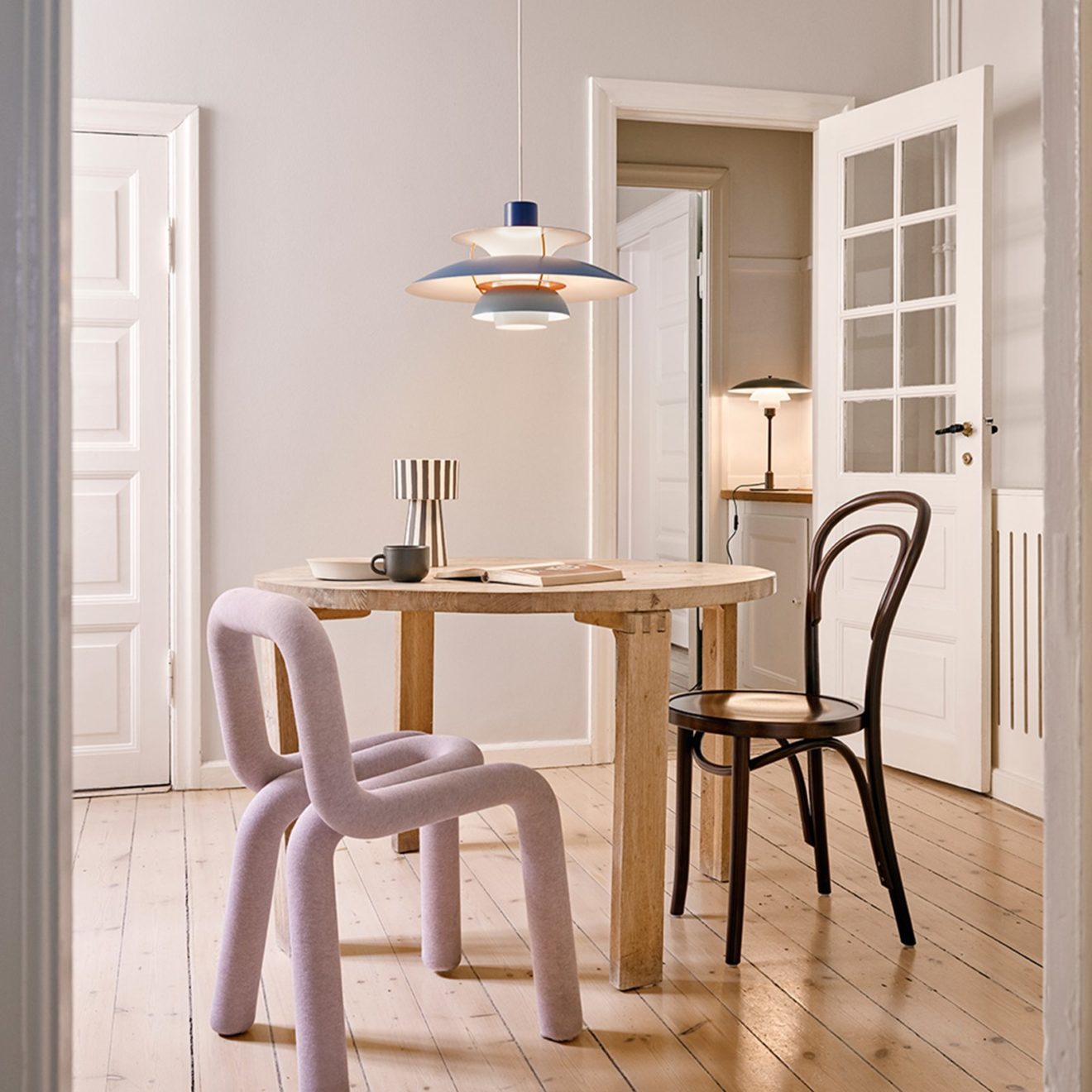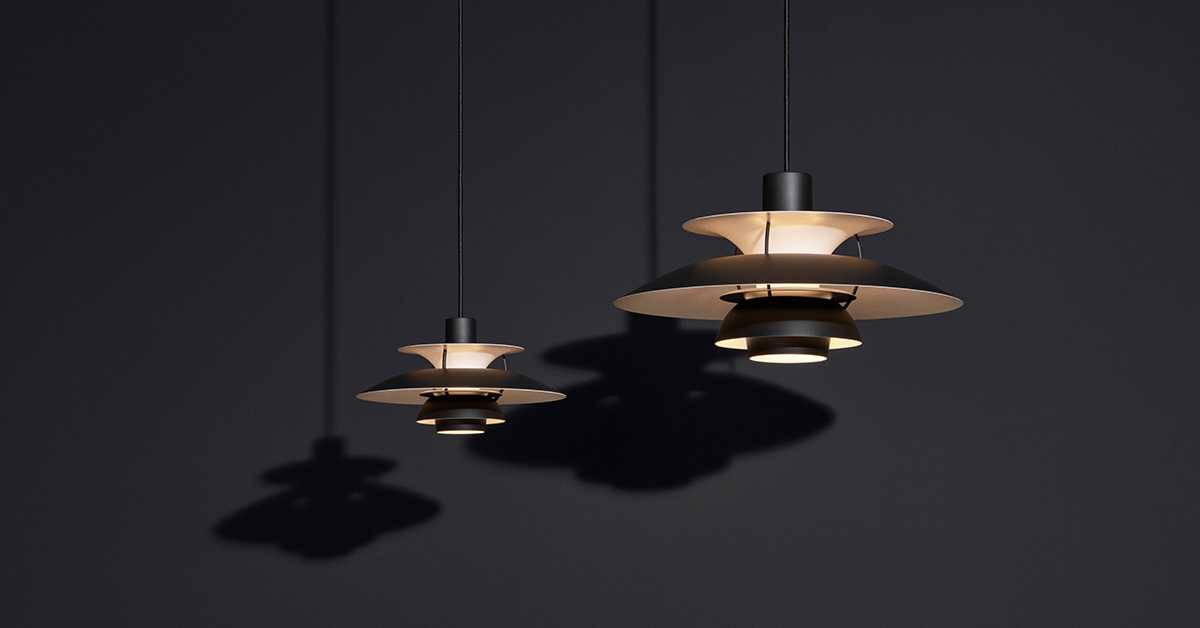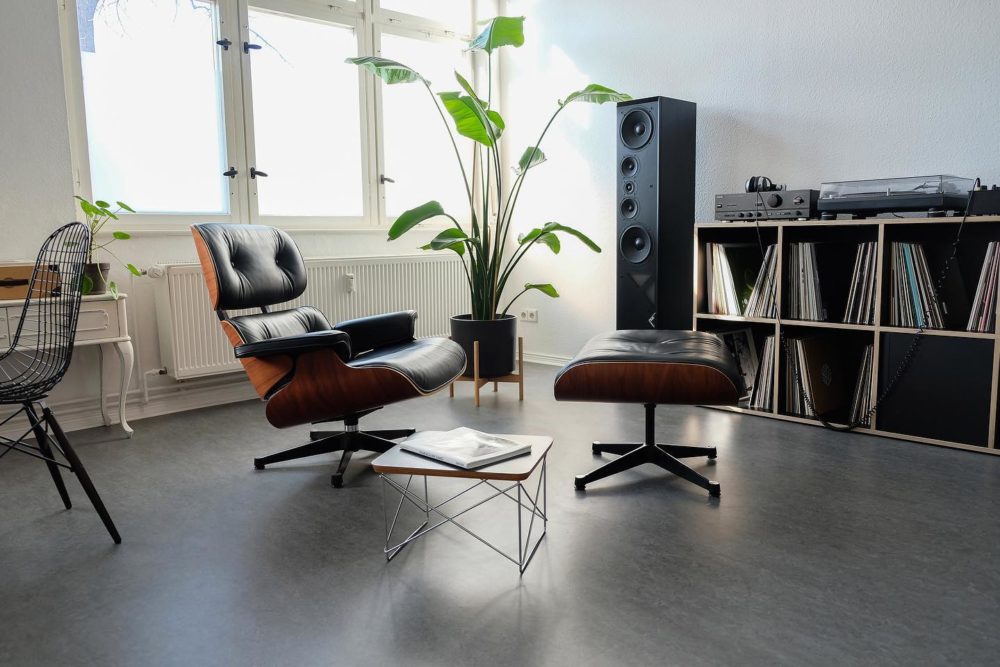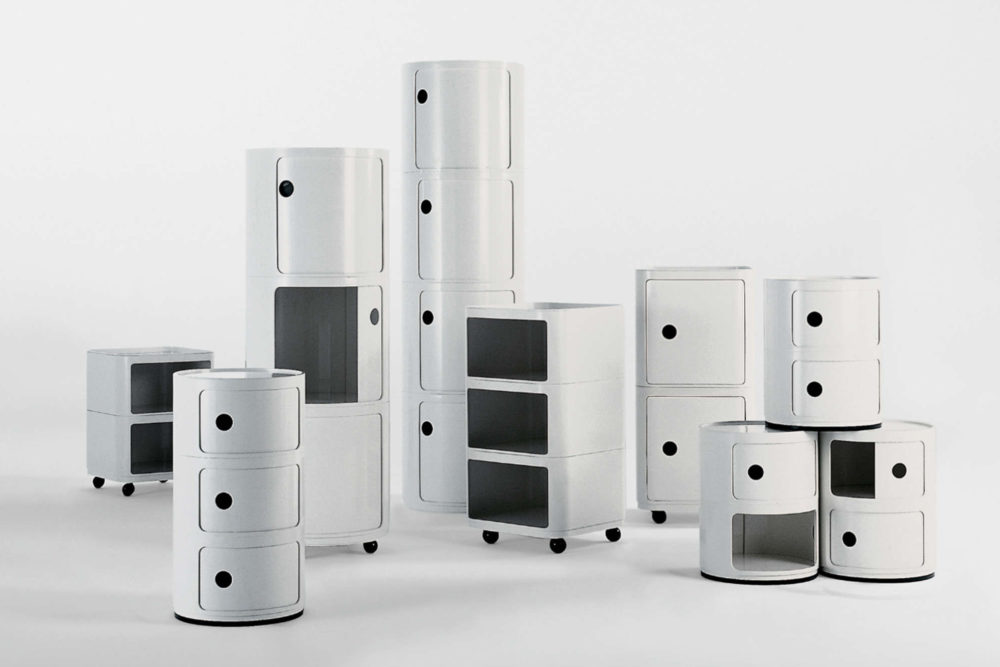PH5 Pendant Light
Spurred on by his mother’s displeasure of the harsh new lighting of the early 20th Century, Poul Henningsen went on to create some of the most recognisable (and distinctly Danish) lights the world knows today. In 1958 he designed the PH5 Pendant Light for Louis Poulsen and it remains his most successful lighting design to date.
Based on one of his earlier models that had launched at the Paris World Fair in 1925, the PH5 pendant was Henningsen’s riposte to the introduction of standardised lightbulbs – which he scornfully referred to as ‘muffins’. These new incandescent bulbs emitted an unflattering, harsh glare which Henningsen intended to counter with the PH5 pendant – a light made to provide a warm, ambient glow – glare-free and as close to natural light as possible – with the ability to light the entire room, not just the area directly below it.
With this in mind, Henningsen’s clever concentric design featured five separate aluminium shades that encased the bulb, each dispersing the light in a different direction, both downward and laterally. Any sharp lines to this scattered light pattern were then softened with the curved shape of each shade. Finally, in order to reduce and neutralise the yellow tint of the incandescent bulb, he incorporated a blue reflector and a red cone within the light’s core.
The PH5 (named after Henningsen’s initials, and the 50cm diameter size of the main shade) was an instant success when it launched in 1958, and its timeless sculptural tiered design hovers over almost every other dining table in Denmark today.

